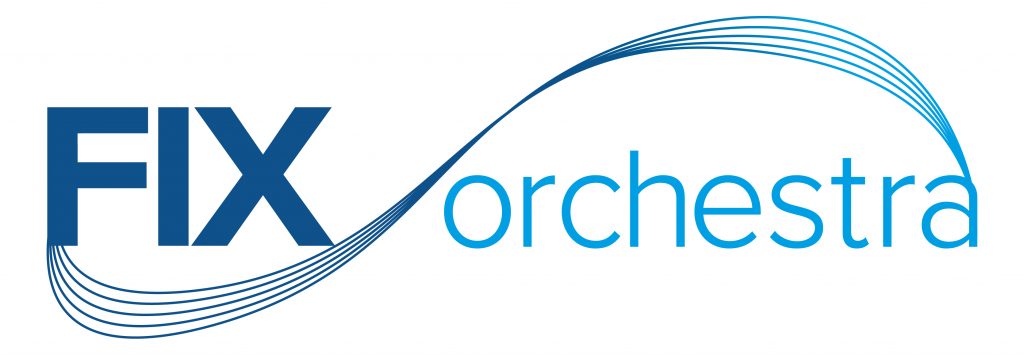
Orchestra is a standard for creating machine-readable definitions of messaging protocols. It allows you to specify everything you need to describe your messaging system including:
- Which messages you have and what they are used for.
- Which fields (or groups of fields) go in each message, their formats and validation rules.
- A way of defining alternative message layouts or field values for different use cases.
- Permitted messaging workflows.
- The ‘lower levels’ of your messaging implementation – network details, session and encoding settings etc.
This is all done in a fully standardised and machine-readable structure, meaning you can exchange Orchestra files with your counterparties knowing they will be able to read them.
Click here to learn more about Orchestra can help you.
Resources for learning and adopting FIX Orchestra
The Tools
Log2Orchestra – Creates an Orchestra XML file from one or more FIX message logs (tag-value encoding) and an Orchestra reference file such as FIX Latest
Playlist – Creates an Orchestra XML file from an Orchestra reference file based on a manual selection of messages, components, fields, and values. Click here for the user guide.
Click here for a complete list of free or open-source tools available to the user community.
The Use Cases
Communicate
Communicating your FIX Service to others
By providing a machine-readable Orchestra file to partners or counterparties, you communicate your rules of engagement in an unambiguous, precise way. Of course, humanly readable documentation can be gneerated from orchestra, but by generating it each time an update is made, documentation will not get out of date.
Normalize
Normalizing inbound FIX flows into your ecosystem
It is common for parties to encode their FIX messages slightly differently, possibly using user-defined tags. An Orchestra file that describes each variant of FIX can inform a translator to normalize them into a common format for processing.
Validate
Validating your counterparties compliance with their and your FIX service
An Orchestra file can be used to generate compliance tests. Messages received from a counterparty can be compared to the rules and message structures defined in Orchestra. For example, in Orchestra, fields can be specified as mandatory, conditionally required, forbidden, or to be allowed but ignored.
Self-Validate
Validate your own FIX Service
Internal message implementations can be tested against rules of engagement encoded in an Orchestra file to make sure that your own systems comply with specifications.
Provisioning
Using Orchestra for Provisioning
An Orchestra Interfaces file can specify a protocol stack for a service offering, that is, a set of protocols at application, session, encoding, and transport layers. For each session, identifiers are provided as well as any transport configuration such as host and port to connect to. Additionally, security keys can be provided.
Manage FIXatdl
Using Orchestra to manage FIXatdl
An Orchestra Interfaces file can tell how to access a FIXatdl file (or other service configuration), either locally or via an internet address. The configuration can be for an entire service offering or specific to a FIX session.
FIX Unified Repository
Information on the version of the FIX Repository prior to FIX Orchestra can be found here.
Orchestra is licensed under the Apache License, Version 2.0 which can be found here: http://www.apache.org/licenses/LICENSE-2.0.
